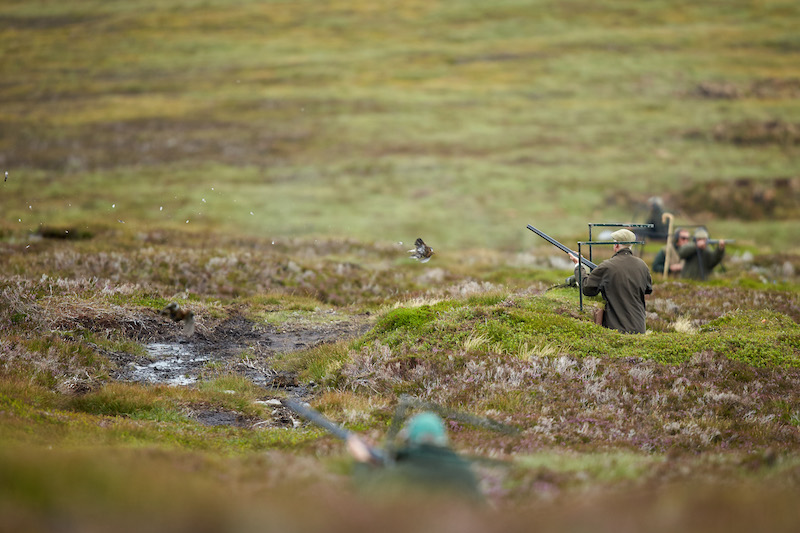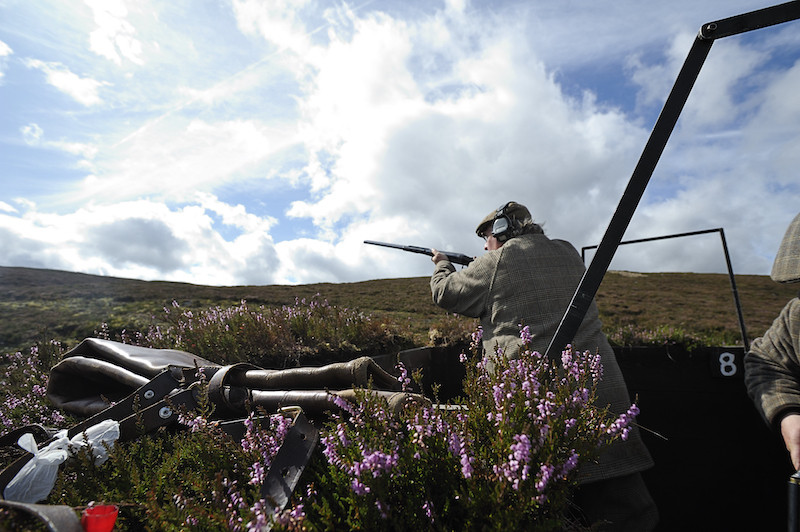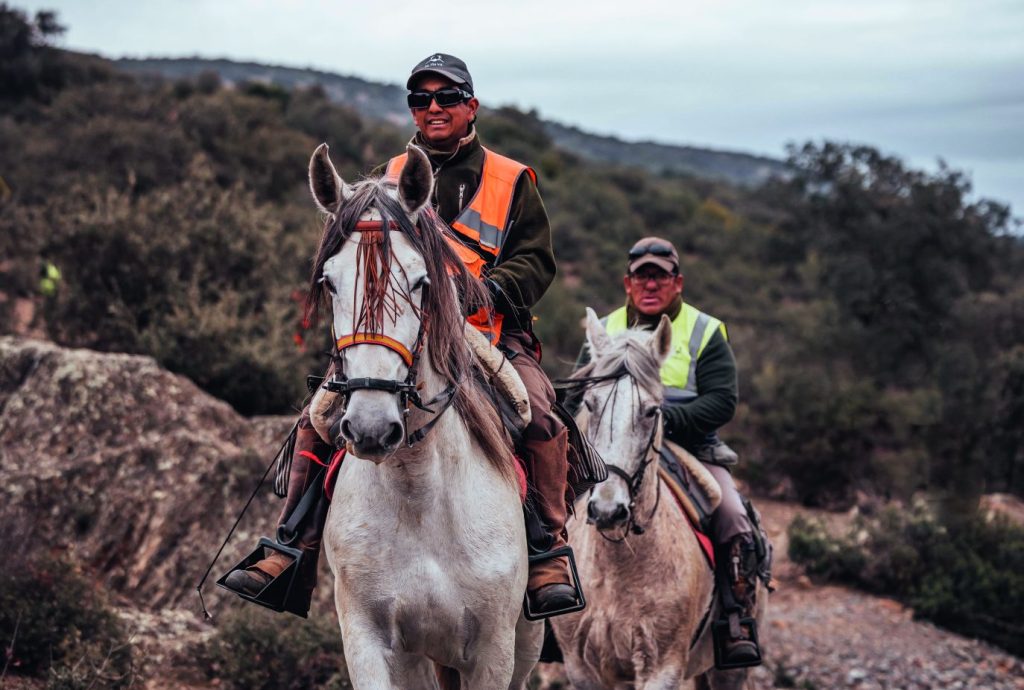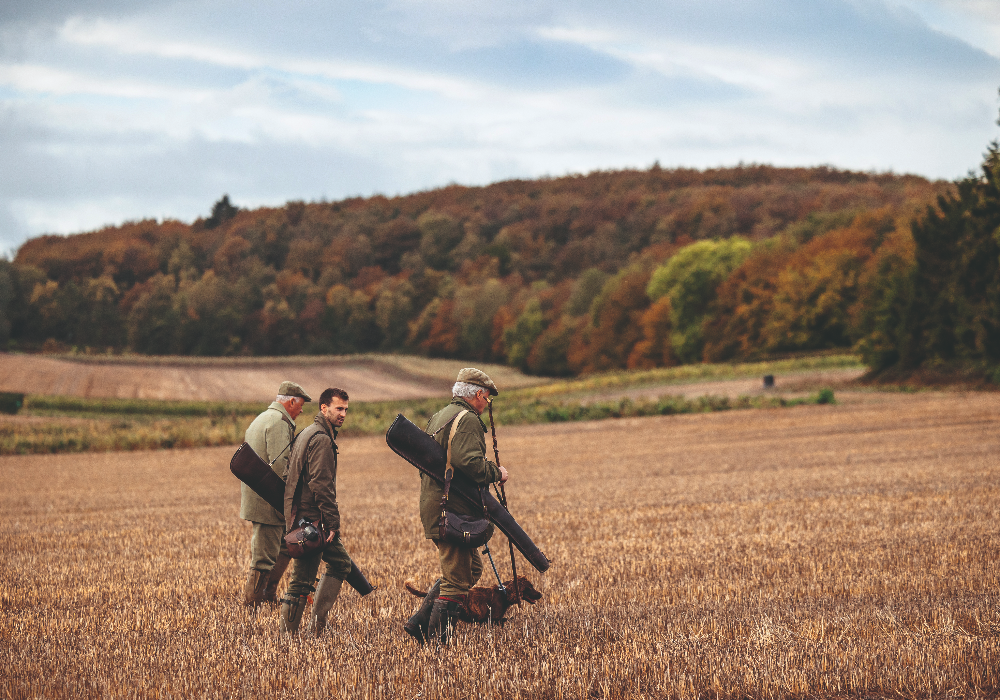Styles, eyes and diets
Comprehensive answers to commonly asked game shooting questions.
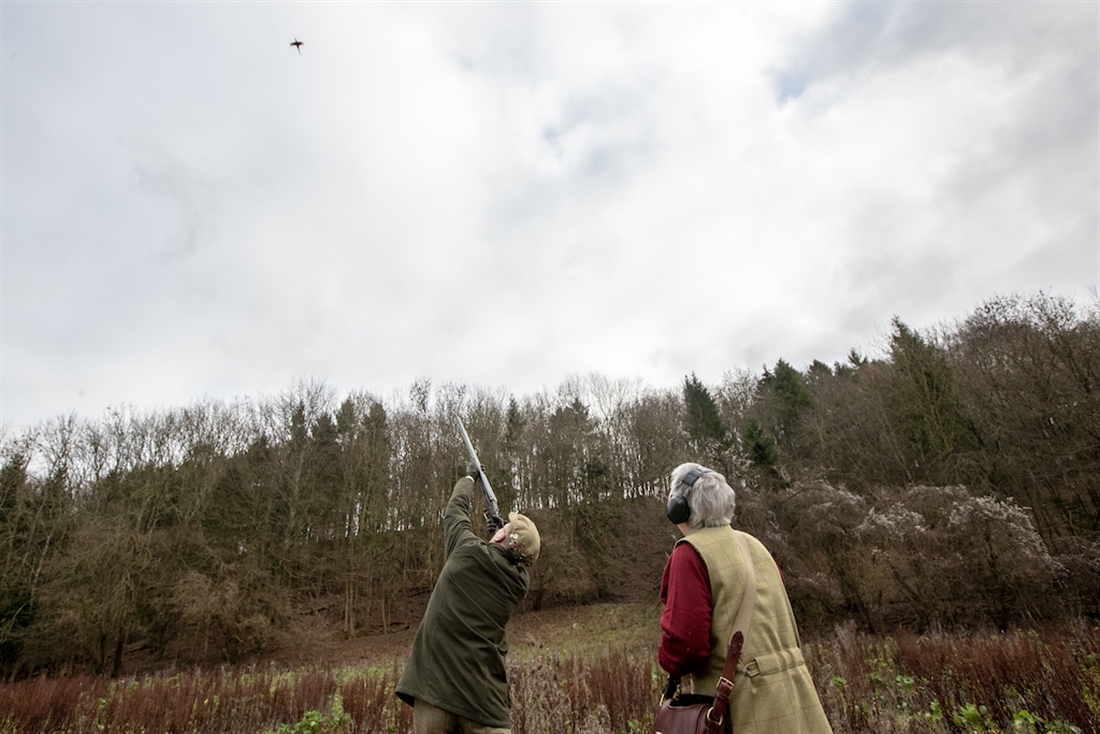
Q. How should I alter my style when game shooting to suit different situations and quarry types? I hear much talk of ‘maintained lead’, ‘pull away’, and ‘spot shooting’, but nobody has ever explained to me the merit of each of these methods and when to use them.
Most people will use one gun, or a pair of guns, for all of their shooting, whether that is pigeon, grouse or pheasant shooting. It is true that certain types of gun lend themselves better to certain styles of shooting. An 8lb over-under with tighter chokes and 32″ barrels, for example, is better suited to situations where the style adopted is a little more calculated and deliberate (such as shooting high pheasants) than a lightweight side-by-side with 28″ barrels. Similarly, a heavy over-under is less practical for the type of fast and instinctive shooting required when one is shooting walked-up game or driven grouse.
There is, however, a lot to be said for sticking with a gun that you’re both familiar and confident with – this confidence stems from knowing that a gun fits you correctly. The correct stock length, comb height and cast measurements will allow the Gun to shoot where they are looking. There is little point in having a gun that fits like a glove, however, if it is not mounted in a consistent manner for each and every shot.
There are two widely recognised shooting ‘styles’: the Stanbury method, championed by the late Percy Stanbury, where one’s balance of weight is on the front foot, nose over toes, rear heel slightly raised and front leg straight; and the Churchill method, made famous by the late Robert Churchill, for which the stance is more square on and one’s weight is transferred between feet dependent on the shot being taken (e.g. weight on the back foot for an overhead driven bird, but transferring weight to the right foot for a left-to-right crosser, and vice versa).
Stanbury’s method emphasises the importance of connecting the muzzles with the line of the bird and tracking it before the gun is raised into the cheek and shoulder. The method relies on timing and harmony from start to finish, rather than a measured distance to tackle birds at longer ranges, when they appear to be travelling more slowly and can cause your swing to slow down, resulting in a miss behind. Stanbury was an advocate of sustained lead for particularly high birds.
Churchill’s method, on the other hand, advocates an intense focus on the bird and letting the subconscious mind do the rest of the work, relying on gun speed and timing rather than a deliberate perceived space between bird and the gun’s muzzles when the trigger is pulled. This method proved very effective for Churchill who used 25″-barrelled side-by-sides.
Most game Shots will find themselves using an adapted version of one or the other methods, dependent on the situation. In broader terms, however, the methods of shooting you will often hear talked about are ‘swing through’, ‘pull away’, ‘spot shooting’, and ‘maintained lead’. Each has its place and advantages, and no one method suits all.
Swinging through a bird – that is picking up its line from behind, moving through the bird with the gun in your shoulder and pulling the trigger as you reach the space in front of it and the bird disappears from view behind the barrels – is favoured by many, especially for typical driven pheasants and partridges. It can help establish the line and build the momentum in your swing. Using this method, however, makes it difficult to measure or see any lead, so it is vital to keep the gun moving both during and after pulling the trigger – what is referred to as ‘completing’ the shot.
When a bird is beyond the range of 35–40 yards, many people struggle to find consistent success with the ‘swing through’ method. This is when I would advise turning high driven birds into crossers by moving your feet and switching to a ‘lock on line and pull away’ approach. By turning a straight driven bird into a crosser, we can see more and, crucially, we have that all-important sight picture of the bird’s position in relation to the muzzles when a shot is taken. Over time, you will subconsciously build a library of these ‘sight pictures’ – think of it as a memory bank of information that will in turn allow the subconscious to give you the correct forward allowance for birds of varying angles and speeds. Even if your first shot is not successful, by turning the bird into a crosser and using the ‘lock on line and pull away’ method, you are set up in the perfect position for a successful second shot.
For situations where you have little time to react, instinctive shooting is required. Bolting rabbits and walked-up snipe, for example, will be into cover or out of range very quickly if you are too deliberate in your approach. The key to success is a short movement; anticipating where the quarry is going, following it very briefly with the muzzles of the gun while you are mounting into that space where it is heading, and pulling the trigger very soon after the gun is in the cheek and shoulder. This is an instinct shot, with weight on the front foot and nose over toes, but it’s still controlled and smooth. It’s all about harmonising your hands and eyes with the quarry. Fieldcraft plays a key part, too. Does the dog’s body language suggest he is onto something? Are you approaching a likely looking patch of cover? Where will the quarry likely fly or run in the conditions, and given the lie of the land and environmental features such as hedgerows and drains? Such knowledge can help us prepare and position ourselves, offering that bit more time and ensuring a shot is not rushed, despite it being taken swiftly.
Practising mounting your gun with a pair of snap caps is the perfect way to build consistent muscle memory and, as a result, a smooth and accurate gun mount. Those who can mount consistently in a fast and smooth manner are far more likely to be successful when snap shooting.
Snap shooting is also favoured by many driven grouse Shots – the objective is to read the line of a grouse and intercept it with a very positive and committed style. The gun should be in the shoulder for a split second before the shot is taken. When shooting in a line of butts, a short swing is also a safer swing as it reduces the risk of momentum carrying muzzles to point where they should not be.
In your question, you mention ‘maintained lead’, which is really something that has come about through clay pigeon shooting, particularly skeet. Sporting clays are also sometimes presented in a way that does not allow the shooter sufficient time to come from behind the bird, so one has to start in front of it instead and sustain that forward allowance as the shot is taken. Of course, this is easier for a clay pigeon that is following a set line, and while it is not a method I’d recommend for a quarry such as pigeons, it can be used very effectively for high pheasants, especially those which are planing down towards the Guns and dropping at speed. You might come across birds like this in the Welsh mountains, Scottish Borders, Northumberland, Devon and Yorkshire to name a few. With this specific type of bird, if you try the swing-through method, by coming from behind the bird, it is very easy to lose the line and end up shooting high. By intercepting the bird and mounting in front, this enables you to control the line, lead and follow through for a successful shot.
Ultimately, no one style fits all situations, so it is important to get out there and practice a variety of methods. Think of it like golf: you don’t use the driver for every shot, do you? You pick the club appropriate to the situation. There are times on a pheasant shoot, for example, where you may be positioned on a woodland ride with a limited shooting window and snap shooting is the only real option. This is where the ingrained sight picture that only comes with experience and practice – and plenty of it – comes into its own.
Q. Since 1 February I have lost a considerable amount of weight. Could this be problematic for my shooting? I’m concerned this may affect my performance for the coming shooting season.
When somebody who shoots loses a significant amount of weight and their body shape changes, the greatest issue is likely be the fit of their gun.
If you lose weight, you are artificially shortening the length of the stock of your gun and also reducing the amount of cast, because your head will move further forwards up the comb. When you gain weight, you are artificially lengthening the stock and also increasing the cast. If the changes are dramatic, you may need to have a professional gunfitter and instructor make alterations to your gun’s dimensions.
In addition to this, the feel of your gun will change. It may feel heavier or lighter, and felt recoil can be exaggerated if you do not have so much padding, so to speak. Of course, your centre of gravity will also alter slightly if you change shape significantly, which is another reason to practise regularly during the close-season – this will help you adapt, work on your balance and reduce the shock to the system you’d have if you took the gun out of the cabinet for the first time for nine months in October.
Q. How important is it to shoot with both eyes open? Do you have any specific advice for somebody who struggles to shoot without closing an eye?
In an ideal world, everybody would keep both eyes open to shoot at a moving object. But, generally, this is only possible if you have a dominant right eye and you shoot from your right shoulder (vice versa for a left-handed Shot). I would say that 60 per cent of right-handed men have a dominant right eye, and the other 40 per cent have a dominant left eye or central vision. It’s worth remembering that eye dominance exists in varying degrees. Some people have what we call ‘central vision’, which is where the left eye tries to take control if the put the gun in the right shoulder with both eyes open, and visa versa.
There are several schools of thought when it comes to the topic of eye dominance. Some instructors will say that it is nonsense and that everyone should be able to shoot with both eyes open; others recognise that by removing one eye from the equation, a shooter stops pulling off the line of a target and their performance improves.
It’s all about matching the solution to the individual. I often try teaching those who haven’t been shooting very long and suffer from a dominant left eye as a right-hander to shoot from the other shoulder. This isn’t for everyone though, and it can take a lot of persistence for those who have been shooting for a long time. It takes time to retrain muscles and build the required co-ordination, but it can prove a very effective solution as this enables them to shoot with both eyes open.
Most people simply close the dominant eye if it is an issue – and I know some excellent Shots who shoot with one eye closed – but some, often ladies, find it impossible to close an eye. Here I find a ‘shot spot’ on a pair of shooting glasses works well, as there is still a degree of peripheral vision around the spot that can help with target acquisition.
It is worth remembering that eye dominance can be exaggerated by fatigue and dehydration, and can also change as you age. If you drive a long way on the morning of a shoot, for example, you may find that your left eye is more dominant than usual.
Related Articles
Get the latest news delivered direct to your door
Subscribe to Fieldsports Journal
Elevate your experience in the field with a subscription to Fieldsports Journal, the premium publication for passionate country sports enthusiasts. This bi-monthly journal delivers unparalleled coverage of game shooting, fishing and big game across the UK and beyond.
Each issue offers a stunning collection of in-depth features, expert opinions and world-class photography, all presented in a timeless yet contemporary design.
Save 10% on shop price when you subscribe, with a choice of packages that work for you. Choose from Print & Digital or Digital only with each journal delivered directly to your door or via the app every other month, plus access to past issues with the digital back issue library.






